If you're seeking affordable treatment options for transforaminal lumber interbody fusion, India offers world-class medical facilities at affordable cost without compromising on quality of care.
Recovery Time
15 Days
Success Rate
99%
Hospital Stay
4 Days
Treatment Type
Surgical
Home Treatments Spine Surgery Transforaminal Lumbar Interbody Fusion (TLIF)
Are you feeling pain, weakness, and numbness in your lower back, hips, and legs, and seeking effective and affordable treatment options?
Transforaminal Lumbar Interbody Fusion (TLIF) surgery is a process used to treat patients suffering from spinal conditions such as degenerative disc disease, spondylolisthesis, and spinal stenosis. The process is usually performed on the spine’s lower region and helps patients relieve pain, lower back pain, and leg aches.
Don’t wait, feel better now!
India delivers the best treatment possibility for transforminal lumbar interbody fusion at an affordable cost, through specific hospitals and experienced orthospine surgeons, with advanced options with the best and advanced care to support international patients.
-cost-in-india.jpg)
Transforaminal Lumbar Interbody Fusion (TLIF) is a surgery that can help people with lower back and leg pain caused by conditions such as sciatica (leg pain) and nerve problems in the lower spine. It is used to treat the following problems:
Transforaminal lumbar interbody fusion (TLIF) can reduce pain and improve stability when spinal discs are damaged.
If a disc presses on nerves, it can relieve the pressure and pain.
The transforminal lumbar interbody fusion helps create more space for the nerves by decompressing the spinal canal.
It is effective in treating cases where one spine bone slips forward over another.
TLIF might be a good option to improve the condition of back surgery.
Transforaminal lumbar interbody fusion costs are very low compared to other countries, including the type of procedures, diagnosis, surgical costs, and post-operative care.
Cost Component | Details | Estimated Cost in USD |
Pre-Operative Consultation and Diagnosis | Consultations, X-rays, CT scans, MRI scans, blood tests. | 400 USD |
Surgery Costs | Include surgeon charges, type of surgery, and hospital stay. | 5000 USD |
Rehabilitation and Follow-Up | Physiotherapy sessions, medications, supportive devices, and follow-up visits. | Variable for procedure |
Here are some types of implants that are used in transforaminal lumbar interbody fusion, such as:
These are small, tube-like devices placed between the bones of the spine and they are made from materials like titanium which are very strong and safe for the body.
PEEK cages are a type of interbody cage made from a lightweight synthetic material called polyetheretherketone (PEEK). They are durable, don’t break easily, and allow X-rays to pass through, making it easier for doctors to monitor.
Stand-alone screws and rods are used to support and stabilize the spine and they can also be combined with interbody cages for extra strength and support.
Hybrid constructs mix different types of implants such as interbody cages, and screws, and this combination implements better stability and support to the spine.
These implants are custom-made for every patient using advanced 3D printing technology and they are made from titanium and fit the patient perfectly, but they can be expensive.
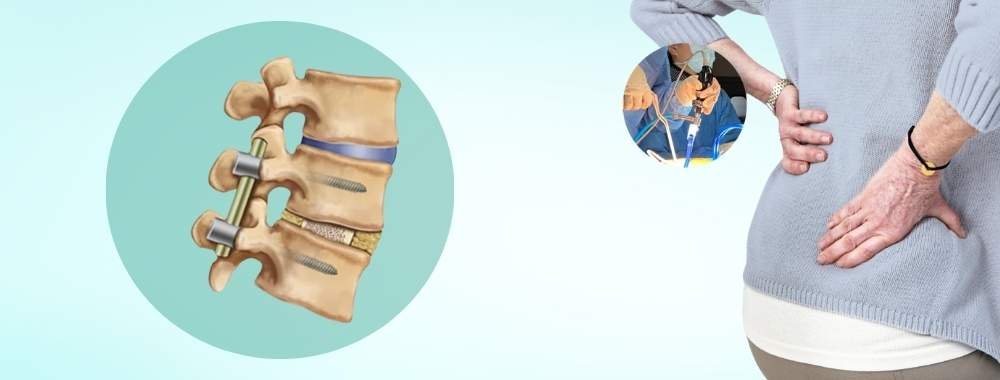
Well-known hospitals or clinics with modern facilities and excellent services usually charge more than smaller or less famous ones.
Highly experienced and qualified surgeons often charge higher fees because of their expertise and reputation.
If the spinal problem is severe and requires complicated surgery, then the cost will be higher because things like the number of spinal levels involved, additional procedures, and special implants can also increase the cost.
Tests like MRIs, X-rays, and lab tests done before your surgery to understand your condition add to the total cost of treatment.
The cost of the implants and tools used in the surgery depends on their type and quality, which can affect the overall cost.
After surgery, you might need to stay in the hospital, and a longer stay due to complications and complex procedures will add to the overall cost.
General anesthesia is used for most of the surgeries, which can increase the costs more than local and regional anesthesia.
Costs may include medicines, physiotherapy, follow-up visits, and recovery equipment needed after the surgery can affect the cost.
Additional services like private rooms, special meals, and transport can increase the total bill as well.
Fill in your details and we'll get back to you soonGet Free Treatment Quote
Country | Cost Structure |
India | 5000 USD |
United States | 20000-50000 USD |
Germany | 20000-30000 USD |
Turkey | 10000-16000 USD |
◾ Key Takeaways
✅ Affordable Treatment Costs: India delivers affordable transforaminal lumbar interbody fusion with well-trained orthospine surgeons. Advanced facilities, making first-class care accessible to international patients.
✅ Advanced Medical Technology: Indian hospitals are equipped with innovative technology and have modern infrastructure delivering quality care comparable to international standards at reasonable costs.
Transforaminal Lumbar Interbody Fusion (TLIF) cost
Treatment Name
Estimated Cost
Transforaminal Lumbar Interbody Fusion (TLIF) 5000 USD
If you are seeking skilled and experienced doctors for transforaminal lumbar interbody fusion. You should come to India where doctors provide expertise with personalized care and advanced techniques for complex spine diseases.
Beds: 539
New Delhi
Beds: 230
New Delhi
Beds: 710
New Delhi
Beds: 650
New Delhi
Beds: 191
New Delhi
Beds: 310
New Delhi
Beds: 330
Gurugram
Beds: 380
New Delhi
Beds: 402
New Delhi
Beds: 1300+
Gurugram
Beds: 1000
New Delhi
Beds: 450
Faridabad
Beds: 675
New Delhi
Beds: 500
New Delhi
Beds: 400+
Faridabad
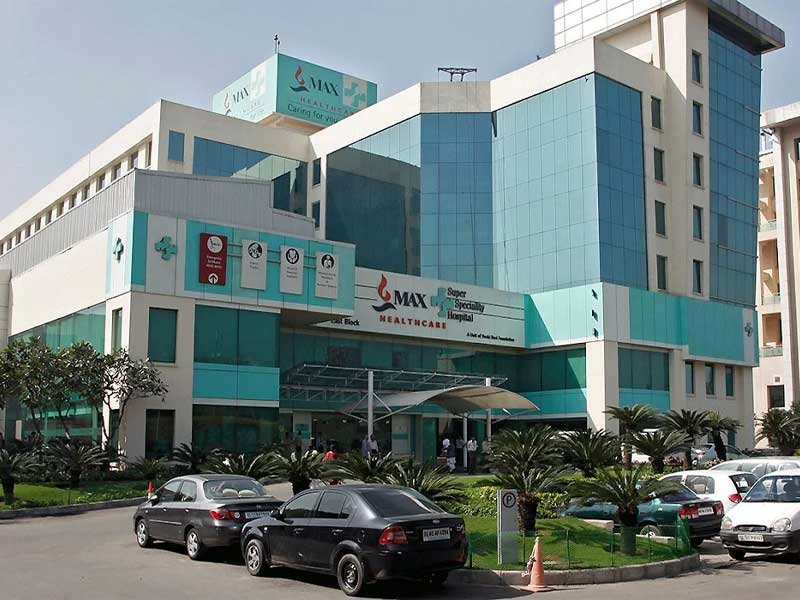
Max Super Speciality Hospital, Saket
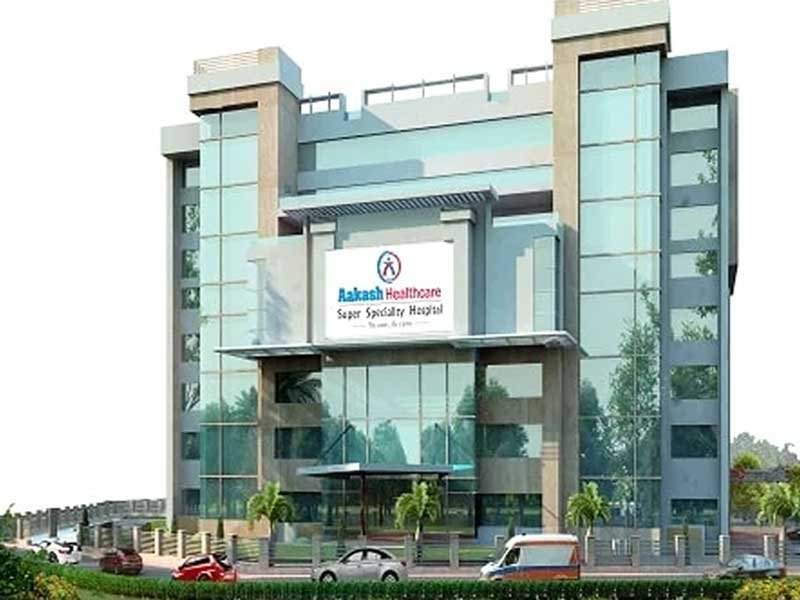
Aakash Healthcare Super Speciality Hospital
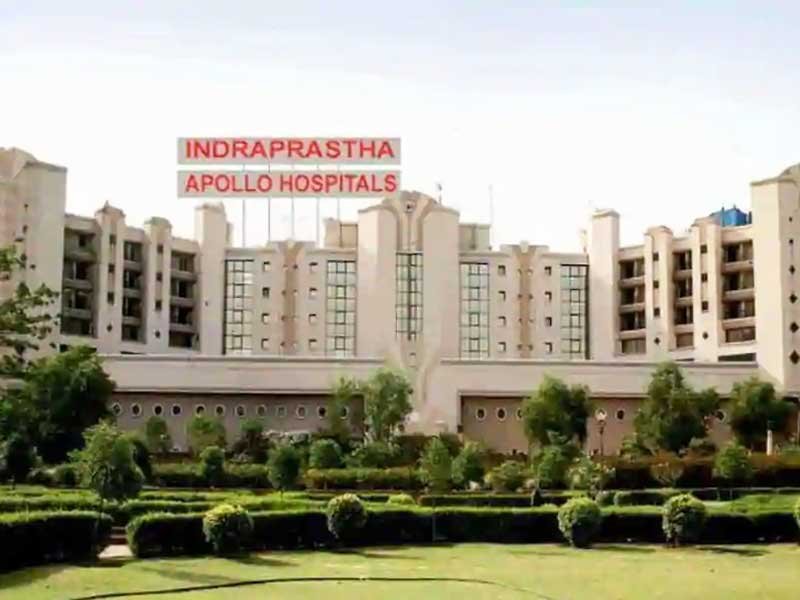
Indraprastha Apollo Hospital
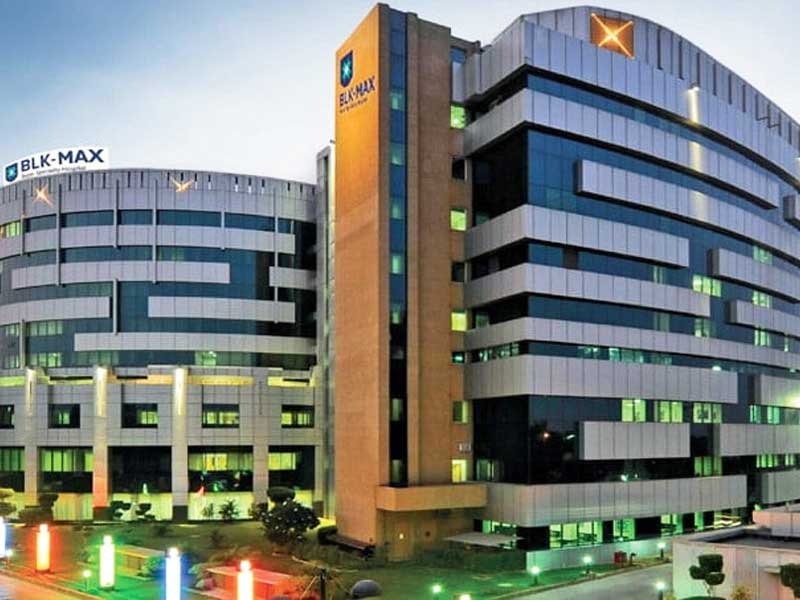
BLK Max Super Speciality Hospital
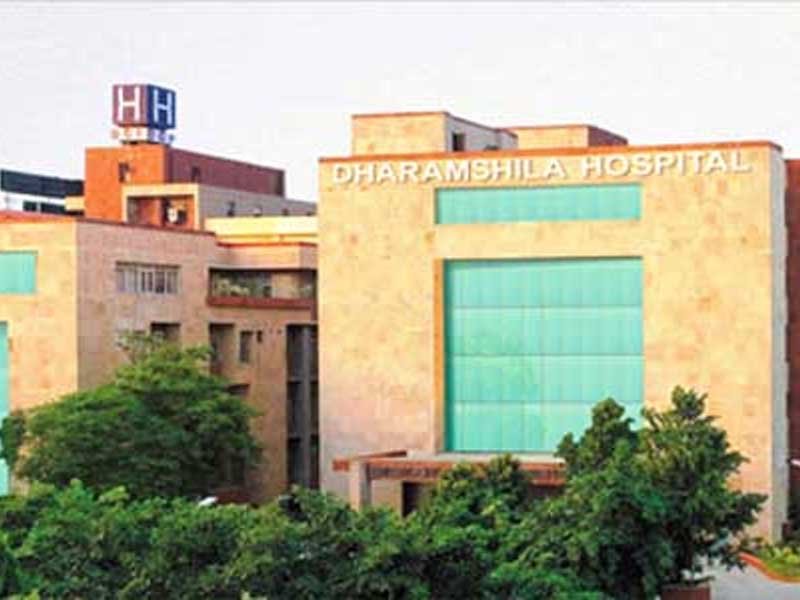
Dharamshila Narayana Superspeciality Hospital
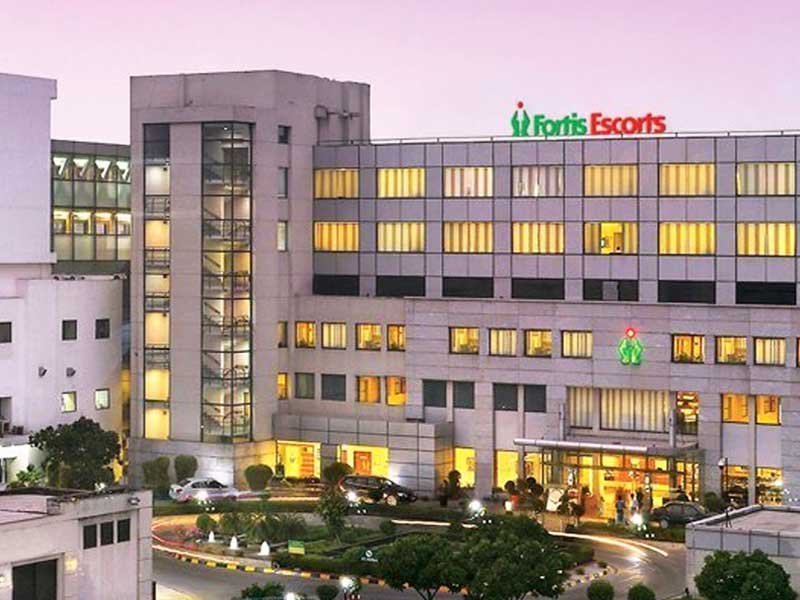
Fortis Escorts Heart Institute
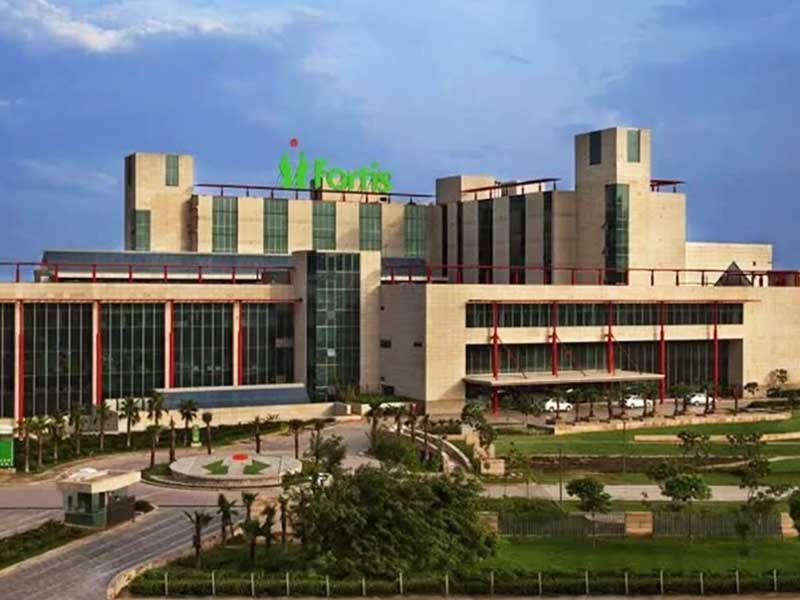
Fortis Memorial Research Institute
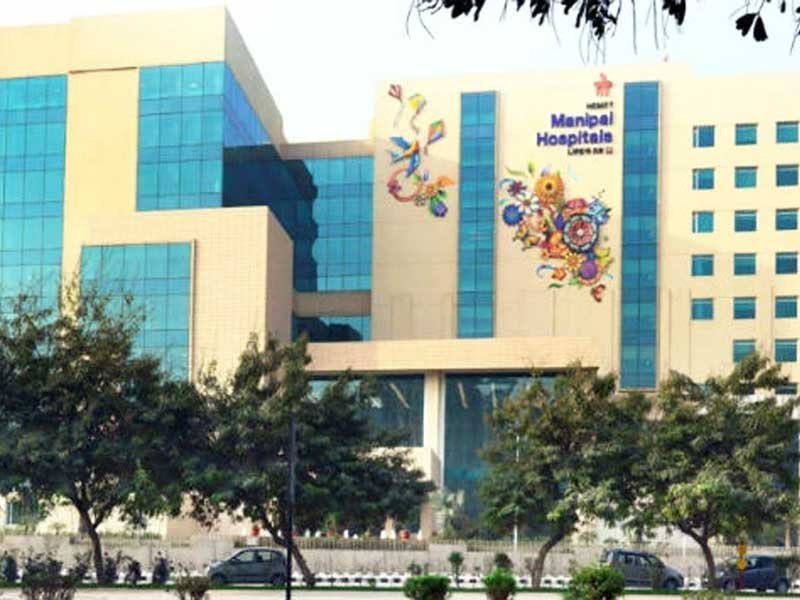
Manipal Hospital Dwarka
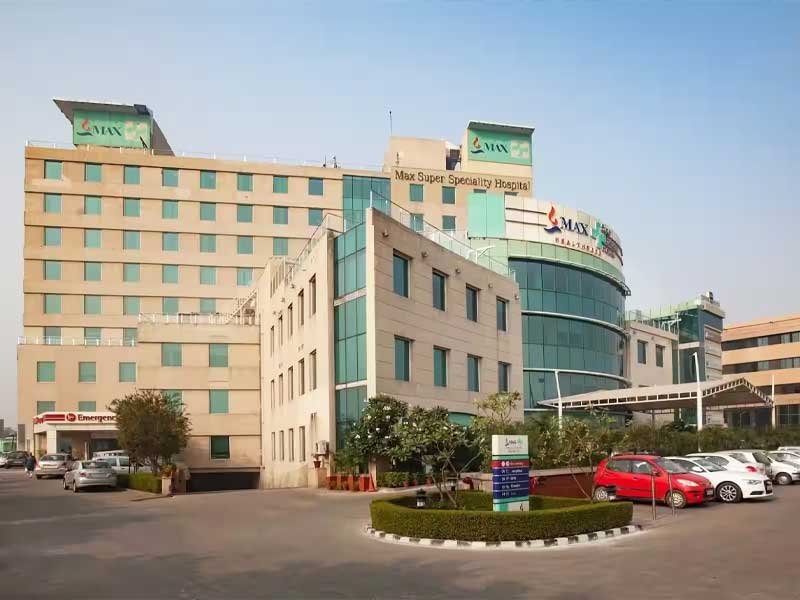
Max Super Speciality Hospital Shalimar Bagh
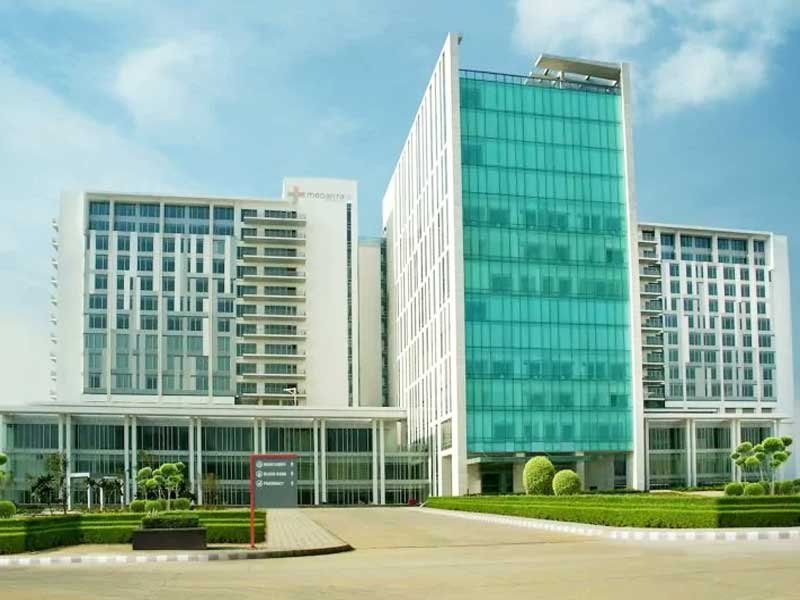
Medanta - The Medicity Hospital

Moolchand Kharaiti Ram Hospital

Sarvodaya Hospital
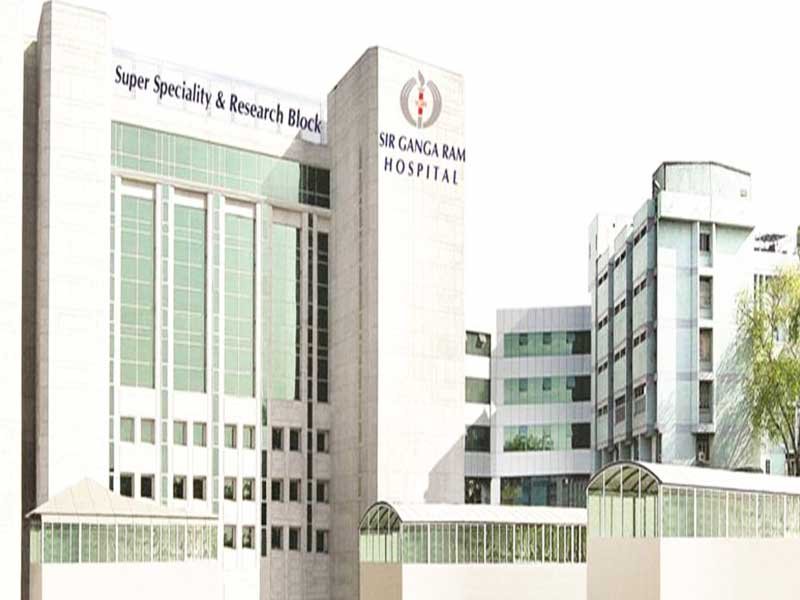
Sir Ganga Ram Hospital
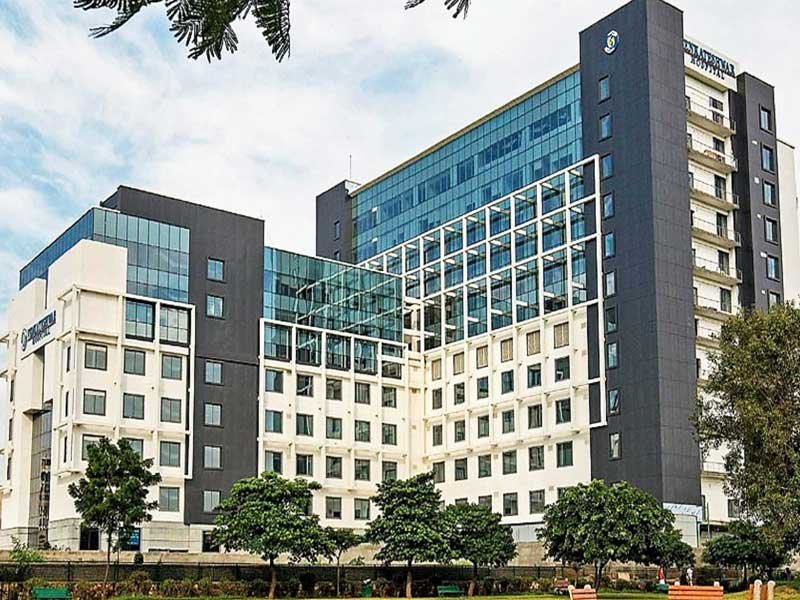
Venkateshwar Hospital
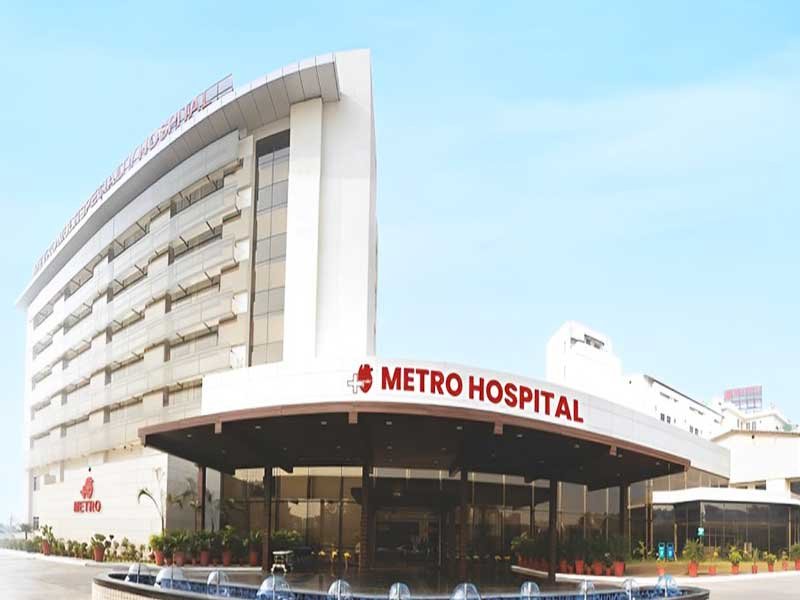
Metro Heart Institute with Multispecialty
Indian hospitals deliver proficient orthospine surgeons, innovative technology, and world-class care for accurate diagnosis, effective treatment, and supportive care for international patients.
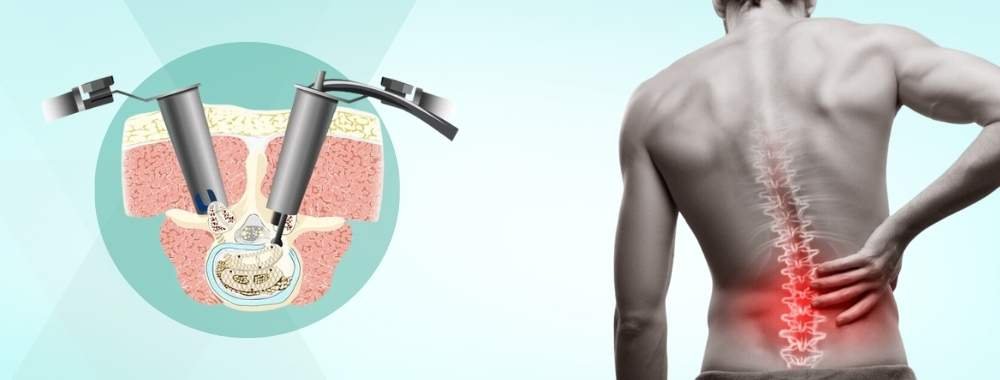
Endoscopic spine surgery is a modern technique used in India where the surgeon uses a small camera with a lens at its tip to perform the procedure. A water irrigation system is used during the surgery to make everything clearer and reduce blood loss. The surgical cut is very small and patients usually stay in the hospital for just one night after surgery. This surgery is generally used to treat herniated discs and spinal stenosis.
This surgery uses advanced technology to place screws and insert a device to stabilize your spine through small cuts and it is used for conditions like spondylolisthesis (slipped vertebra),
severe back pain, leg pain, and numbness.
In MIS-TLIF surgery, the surgeon makes small cuts to place a device to stabilize and fix screws in your spine and this procedure also involves decompressing nerves using a microscope to relieve pressure on them.
In oblique lumbar interbody fusion (OLIF) surgery, a large disc is inserted through a side incision, and screws are placed in your back using small cuts.
The O-arm navigation system is a high-tech tool that provides 3D images of your spine during surgery and helps the surgeon see the spine in real-time from every angle. This technology improves accuracy and safety. It is particularly used to treat placing screws, inserting disc spacers, and performing complicated spinal surgeries.
Intra-operative neuromonitoring is a tool that monitors the function of your nerves and spinal cord during surgery and it is often used in high-risk surgeries to correct spinal deformities, such as scoliosis.
Fill in your details and we'll get back to you soonGet Free Treatment Quote
Necessary diagnostic tests
Before your treatment, your surgeon suggests some diagnostic tests to detect the stage of your spine and its severity. These tests help plan the best treatment, such as:
Tests | Description |
Computed Tomography (CT) Scan | Computed tomography scans are performed to see the internal structures of your bones and joints. |
Magnetic Resonance Imaging (MRI) Scan | MRI scans help to give more detailed images of your discs and nerves. |
CT Myelogram | CT myelograms are generally performed if an MRI cannot be carried out for some reason. |
Flexion-extension X-rays | Flexion-extension X-rays are used to identify potential spondylolisthesis and instability. |
Lumbar SPECT | Lumbar SPECT is performed if pain arising from the facet joints is suspected. |
Provocative Lumbar Discogram | Provocative lumbar discograms help to detect if pain arising from an intervertebral disc is suspected. |
Nuclear Medicine Bone Scan | A nuclear medicine bone scan is performed if cancer of your spine is suspected. |
Bone Density Scan | A bone density scan helps to see if osteoporosis is suspected. |
🟢Do’s Before Surgery
✅ You should stop taking blood thinners, nonsteroidal anti-inflammatory drugs (NSAIDs), and other medicines that affect your surgery.
✅ You should take only prescribed medicines if your doctor says you can take your usual medicines on the day of the surgery.
✅ You must wear loose, and comfortable clothes on the day of your surgery.
🔴Don’ts Before Surgery
❌ Avoid eating and drinking anything for a few hours before your surgery.
❌ You don’t wear jewelry, piercings, and contact lenses because they can interfere with your surgery.
❌ Avoid bending deeply and twisting from your waist.
❌ You must avoid heavy lifting anything.
❌ Avoid smoking and alcohol because it can affect your bone healing.
Before Surgery
Before surgery, your surgeon will check to make sure you are ready for the surgery:
During Surgery
After Surgery
TLIF surgery delivers many benefits, and it is a great option for treating spine problems. Here are some important advantages:
Hospital Stay and Recovery Time
The hospital stay after Transforminal Lumbar Interbody Fusion (TLIF) is 4 days, and the recovery time is 15 days.
The success rate of Transforaminal lumbar interbody fusion in India is 99%.
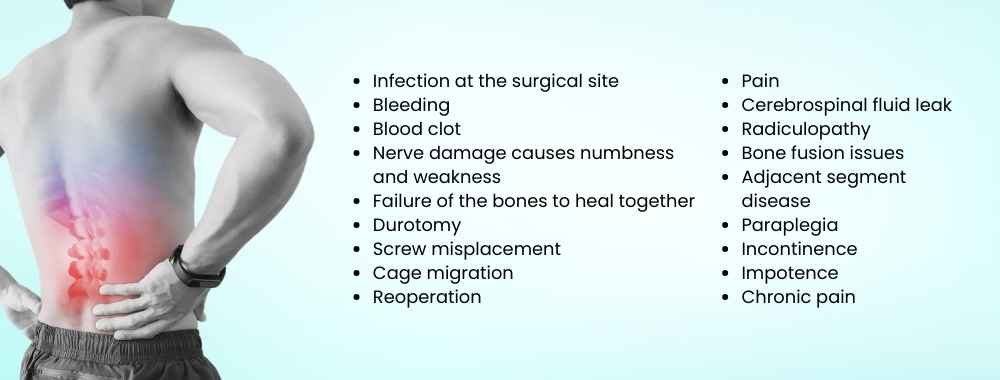
Why Choose Mejocare for Transforaminal Lumbar Interbody Fusion (TLIF) in India?
✅ Experienced Orthospine Surgeons, Neurosurgeons: We connect you with highly skilled, board-certified orthospine Surgeons having over 25 years of experience who ensure advanced care and reliable treatment for your spine.
✅ JCI/NABH Accredited Hospitals: We partner with hospitals equipped with the newest technologies, including robotics, machine learning, and innovative diagnostic and therapeutic tools. These high-quality facilities deliver complete and personalized care for international patients.
✅ Additional Advantages: We provide quick responses, exact cost estimates, assistance with medical visas, accommodation in India, and priority scheduling with top doctors. Furthermore, we make your arrival in India easy, with airport pickup, hotel transfers, and support during your hospital stay, ensuring a smooth experience during your treatment.
Transforaminal Lumbar Interbody Fusion (TLIF) is an effective surgical procedure for treating spinal instability and degenerative disc disease to relieve pain, restore spinal stability, and support faster recovery with minimal tissue disruption. Proper patient selection and expert care ensure the best outcomes.
Disclaimer
The information provided in this article is for general advice and does not represent an exact cost estimate. For personalized advice, connect with India’s leading doctors through Mejocare. Contact us today for expert assistance.

Medically Reviewed By
QualificationsMBBS, DTMU University, Georgia.Radiation Oncology Resident at Burdwan Medical College and HospitalDr. Aryan Malhotra is a skilled and caring doctor. He is a Radiation Oncology Resident at Burdwan Medical College and Hospital. He treats people with cancer and works closely with patients during their treatment.He completed his MBBS from David Tvildiani Medical University in Georgia. He has passed the USMLE... Read More
Registration Number: 95565
Qualification: MBBS, MD from DTMU University, Georgia, Radiation Oncology Resident at Burdwan Medical College and Hospital
The average cost of transforaminal lumbar interbody fusion (TLIF) surgery is 5000 USD.
The success rate of Transforaminal lumbar interbody fusion in India is 99%.
The recovery time for TLIF surgery is 15 days.
TLIF surgery should be a major surgery because it includes general anesthesia and placement of a cage, rods, and screws.
People suffering from low back pain, leg pain, lumbar radiculopathy, spondylosis, spinal stenosis, degenerative disc disease, recurrent disc herniation, scoliosis, spinal instability (spondylolisthesis), and pseudarthrosis are conditions that can be treated with TLIF surgery.
TLIF is performed under general anesthesia, and the pain effects of anesthesia weaken over a few hours, after which prescribed pain medicines can be given to keep discomfort to a minimum.
A TLIF cage is a small device used to fill the space after a portion of a spinal disc is removed during a TLIF procedure.
Generally, TLIF surgery takes one and one-and-a-half hours when one spinal segment is being fused. This includes shift-in and shift-out, positioning the patient on the table, putting them under anesthesia, and then dividing them of it after the procedure.
Typically, patients start walking the same day after TLIF surgery.
Physical therapy is beneficial after TLIF surgery because it reduces pain and inflammation, strengthens the back, and assists the patient in a recovery period, after surgery.
Our care team can help you.
